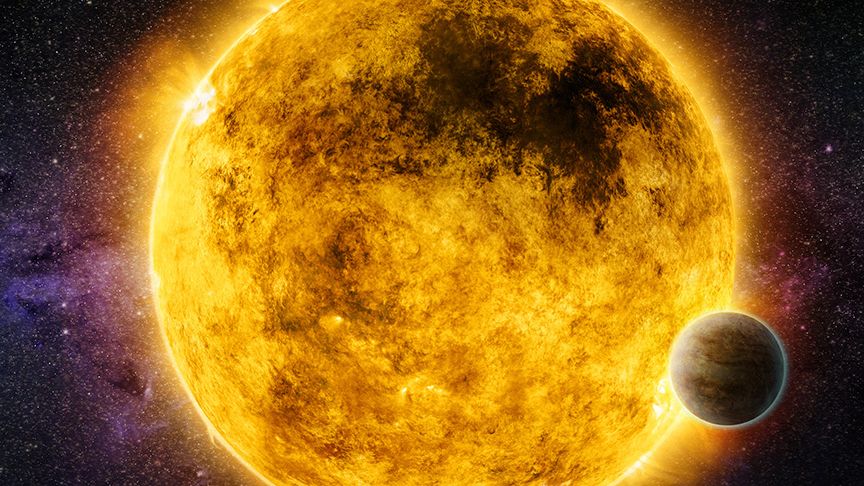Examining Egg-Shaped Orbits of Binary Black Holes
Black hole week concludes today, and scientists are celebrating with groundbreaking research on black holes. Utilizing data from the Laser Interferometer Gravitational-Wave Observatory (LIGO) in the U.S., along with the Virgo and KAGRA detectors in Italy and Japan, researchers have made a fascinating discovery – some binary black holes have egg-shaped orbits with a unique wobble. These findings provide valuable insights into the formation of these systems.
Understanding Orbital Dynamics
The majority of binary black holes are believed to have what is known as “quasi-circular” orbits, where the separation between the black holes decreases over time due to the emission of gravitational waves. However, a few binary black holes exhibit eccentric orbits, meaning they move in an oval or egg-shaped path. This oval orbit can even rotate as the black holes revolve around each other, adding a layer of complexity to their dynamics.
By analyzing 57 binary black hole pairs detected through gravitational waves, scientists are able to probe the fundamental properties of these systems. Gravitational waves were first predicted by Albert Einstein in his theory of general relativity, which posits that objects with mass create a curvature in space-time. The detection of these waves provides a unique opportunity to study the behavior of black holes in binary systems.
Implications for Astrophysics
Studying the eccentricity of binary black hole orbits allows researchers to infer the mechanisms responsible for their formation. These systems can arise from dynamical interactions, where black holes interact with each other or with other binary systems. Alternatively, binaries may form from isolated pairs of stars that evolve into black holes or from chance encounters between individual black holes.
Gravitational waves offer a clear window into the final stages of binary black hole mergers, shedding light on their origins. By observing the emissions from eccentric orbits, scientists can analyze the acceleration and proximity of black holes, providing crucial information about their evolutionary paths.
The Promise of Gravitational Wave Astronomy
The study of binary black hole orbits through gravitational waves serves as a powerful tool for understanding the dynamics of these enigmatic objects. Unlike traditional astronomical observations, gravitational waves can travel vast distances without interference, allowing scientists to study distant events with unparalleled clarity.
While more research is needed to definitively determine the origins of binary black holes, the current findings underscore the importance of eccentric orbits in shaping our understanding of these systems. As technology advances, future observations are poised to reveal new insights into the formation and evolution of binary black holes.
For further details, you can access the preprint of the research paper on the online repository arXiv.
Image/Photo credit: source url





